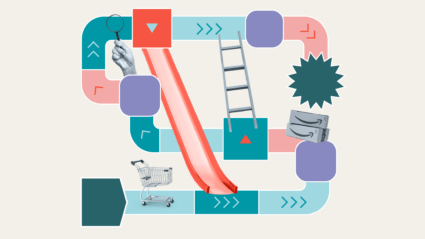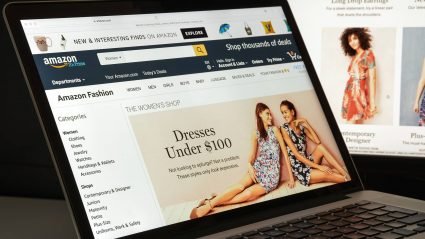This is the second in our CMO Series–a dedicated look at the questions that drive today’s marketing leaders and the answers they need. See our first post on data visualization here.
—————
If you had a magic wand and could solve one problem for your team, what would it be?
You probably have an issue that immediately comes to mind–one that would not only drive short-term progress but also impact your entire digital marketing strategy.
From competing objectives to systemic internal issues, these are the kinds of Big Problems that every company has, and every CMO and marketing leader knows exactly what they are.
While solving for any of these would result in a corresponding Big Win, these issues are, of course, much harder to solve. What do you do when your attribution model is holding back your upper funnel campaigns or you need to shift the mindset from short-term revenue to long-term profitability?
Too often, the answer is nothing. The Big Problem gets tabled for the next month, quarter, or year when there is magically more time, resources, and bandwidth. Instead, we focus on trying trendy strategies or squeezing efficiency out of already-efficient campaigns. The reality is that there is rarely a silver bullet (or wand) that will magically transform your performance unless you’re just starting out. True growth comes from rolling up your sleeves and tackling those problems that look insurmountable.
Why Do We Avoid Big Problems?
While there are endless variations to these, I see three main answers.
- The problem looks HUGE. You’re trying to take on Amazon or Walmart and it feels inherently futile. You know you can’t win, so how do you convince people to try?
- The solution will take too long. Maybe you could solve it, but it will take far too much time and your list of priorities is already long enough as it is. As competition increases and costs continue to climb, there are no quick solutions. Which leads to the next reason…
- No one is incentivized to solve Big Problems. The CMO tenure is notoriously short, so it’s naturally very difficult to think long term when there is little expectation that you (or other top leadership) will be around to see it through. In fact, prioritizing long-term projects become counter to your own interests as you seek to prove your worth. This is true across all levels–your TV guy will never come to you and say, “I can’t prove the value here; we need to spend less on TV.”
But as a marketing leader, if you are able to address Big Problems, not only will you get the corresponding success, your impact can be tremendous. If you update that old site, you not only improve the experience now, you make every update easier and more efficient in the future.
An Alternative to the Madness: Start Small
To effectively tackle big problems, you must reset your thinking and find accessible ways to take action.
First, recognize that there is a false choice in deciding to address a Big Problem or tabling it. You must give yourself permission to try, even if it’s only chipping away at the larger issue. It may not be as hard as it initially seemed, but regardless, every journey begins with a first step.
My recommendation is to address your Big Problem by searching for tiny bridges to a solution where you can start to learn more and take action. No test or idea is too small, and in fact, smaller may be better if you’ll be more likely to put it into action.
For example, here’s a common Big Problem we hear: people are buying our products from Amazon instead of us. You are never going to just solve that problem – and to be fair, you are likely to behave very similarly in your consumer life, so you can’t pretend it isn’t a perfectly logical consumer preference. The best you can do is develop strategies to discover the most effective way to live with the Amazon behemoth and determine your holistic course of action.
I would recommend leveraging Amazon for most ecommerce brands if you’re not already. If people are buying your product there, can you get them to buy much more frequently and in turn, make your decreased margin more bearable? A tiny bridge would be investing in Amazon SEO. Putting more effort into your listings is an extremely doable plan that can help you address your grander Amazon challenge. Additionally, adding Amazon Pay solutions to your own website can streamline your checkout process and leverage the simplicity of one-click.
Another Big Problem is the question of measuring the impact and performance of branding campaigns. While we at Wpromote believe all marketing should perform, we know that even leading companies give branding efforts a pass without seriously evaluating performance. There isn’t much of a choice. But if you are questioning the lack of measurement of branding campaigns (good on you), how can you even start to address it?
Your tiny bridge is holding brand accountable somewhere–anywhere–with a microcosm of testing. Perhaps you choose podcast advertising. You’re testing audio vs text, you’re testing the influencer piece, you’re learning about the audience, as well as evaluating search brand lift through geofenced campaigns. And throughout this test, you’re tracking performance with meaningful KPIs and thoughtfully evaluating the impact.
Moving Forward
With this in mind, think about a Big Problem that is looming for your team. What tiny bridge could you build in the short term to get more insight?
Now I admit, this doesn’t make the problems themselves smaller. You will still, and always, have Big Problems to tackle. But this does give you a path to approach them that feels more attainable. And what would our jobs as marketing leaders be without some problems to solve?







Responses